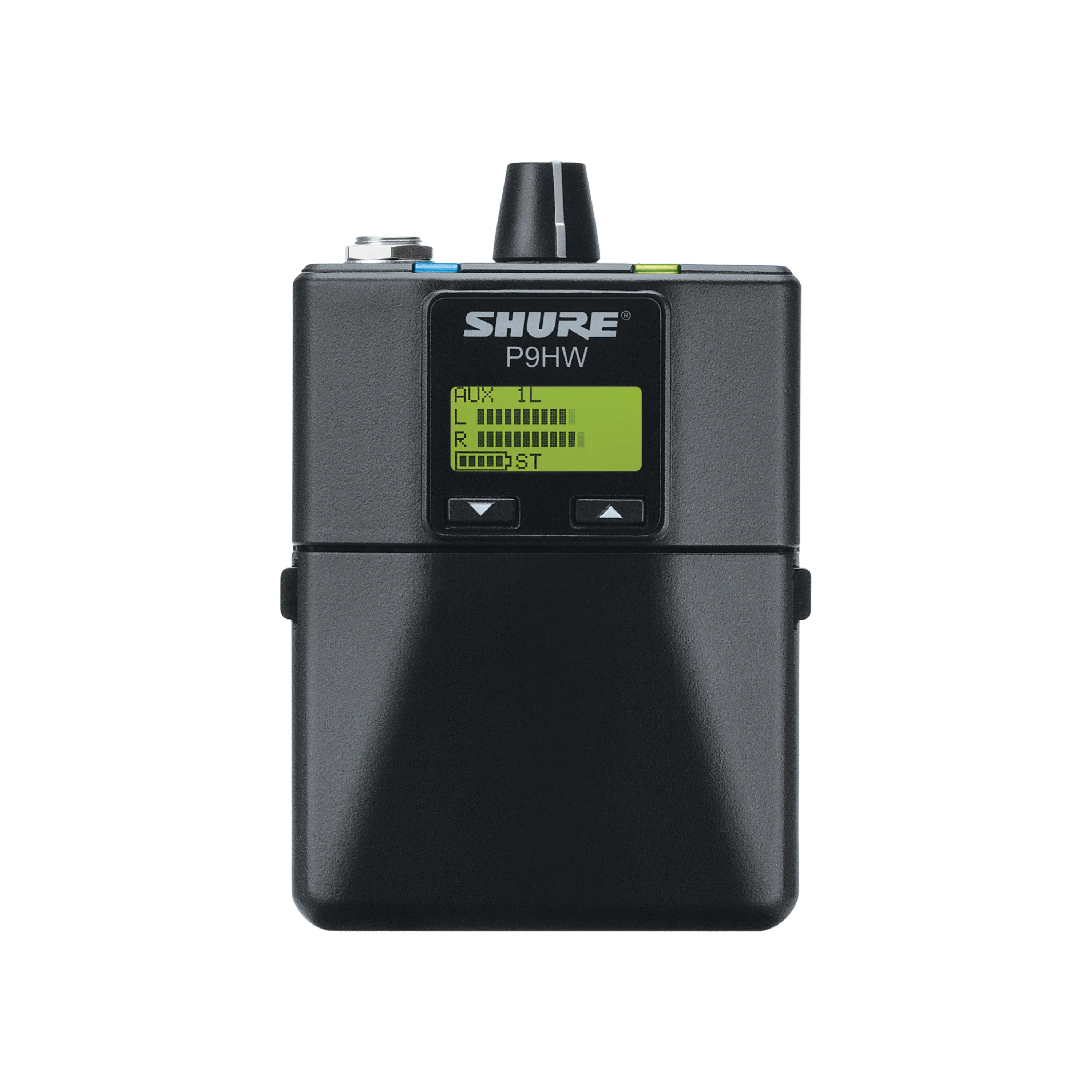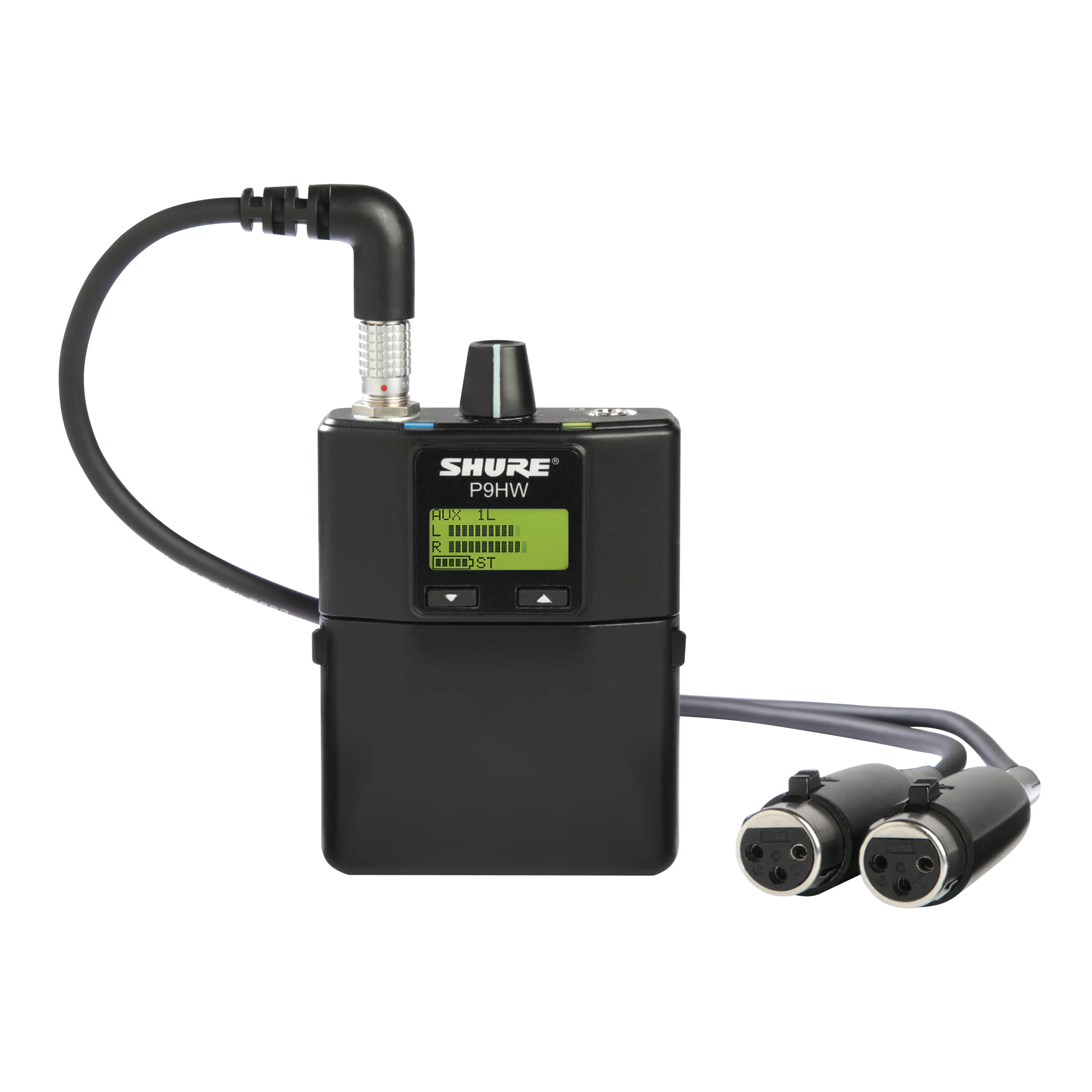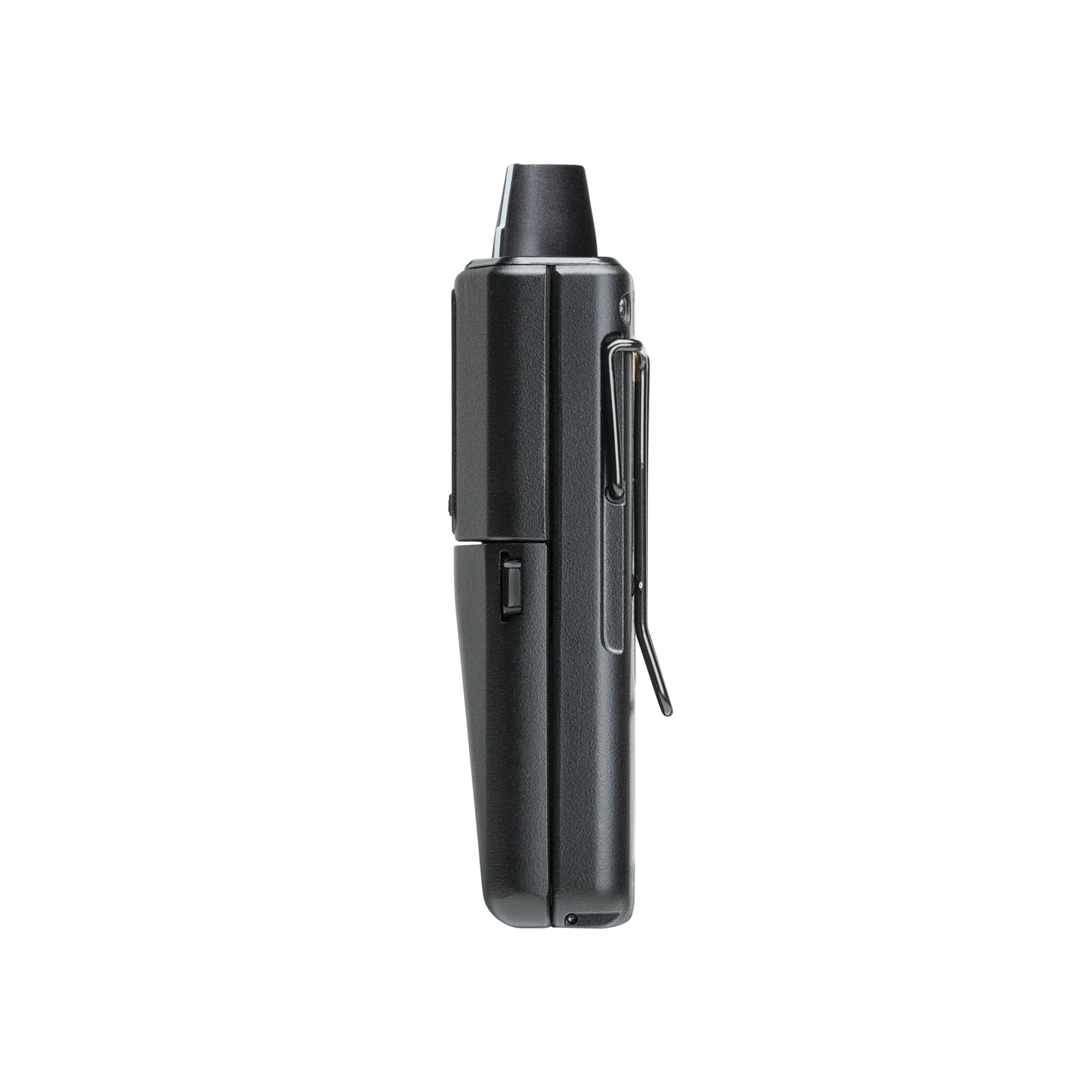An Introduction to In-Ear Monitoring

When performing on stage, it's imperative that you can hear what you're playing. Traditionally, musicians and performers use monitor speakers – often referred to as wedges – to hear themselves on stage. The trouble is, everyone wants to hear their performance clearly above everyone else. And why not? You need to be able to hear if your performance is in time and in tune with your fellow performers. For this reason, the most frequent request to monitor engineers is 'can you turn me up?'. Inevitably, as each request for more volume is met, the overall stage volume begins to build; sound engineers often refer to this phenomenon as the 'more me syndrome'.
So, how do we avoid the inevitable volume wars that accompany stage monitoring? In this post and the accompanying video, we'll cover the basics of in-ear monitoring as part of the solution.

The Basics & Benefits of In-Ears
With in-ear monitoring, your mix is delivered straight to your earphones. The balance of each instrument (referred to as the mix) and the volume can be adjusted to suit your personal preference, which in-turn helps you perform better.
There are numerous benefits to in-ear monitors, including clearer sound and lower stage volume. In addition, by removing the stage wedges, you will significantly reduce any risk of feedback; not to mention the added space and freedom that comes with it.
What Are In-Ear Monitors?
A complete in-ear monitor system consists of a rack-mounted transmitter, a body-pack receiver, and a set of earphones. Each receiver can receive audio from only one transmitter, but one transmitter can broadcast to multiple receiver packs - letting several people listen to an identical monitor mix.
The transmitters typically sit in a rack by the side of the stage, next to your mixer. The mixer is used to balance each instrument and then feed audio into the transmitters through an aux send. The body-pack is normally clipped to your belt, or onto a guitar strap. Earphones are then simply plugged into the receiver to hear your mix. All Shure earphones are sound isolating; they are capable of reducing the background stage noise by up to 37dB, which results in a much clearer mix and added hearing protection.
Basic Operating Principles
Shure PSM in-ear monitor systems have three operational modes: stereo, mono, and mix mode.
In stereo mode, a stereo mix is created by the monitor engineer. The left and right channels are fed into the transmitter, which then transmits to your bodyback, and subsequently, your earphones.
In mono mode, the left and right channels of your earphones are identical. In other words, a signal fed to either of the transmitters two inputs will be sent to both ears.
Mix mode enables greater flexibility. In additional to volume control, users are also given some control over their personal mix. For example, on the transmitter, input one could be the generic band mix while input two could feature the lead singer. On the bodypack, our user would listen to the feed in mono, but they're able to control the relative levels between each channel using the balance button.

Sharing a Mix
By using multiple transmitters, it is possible to assign individual mixes to each musician. However, if band members are willing to share the same mix, it is possible to use a single transmitter with multiple body-pack receivers to service an entire band. Alternatively, if you have two band members that require a different mix, but are happy to listen in mono, then you could use a single transmitter with two receivers in mix-mode. The first performer would use the balance button to receive what's plugged into channel one of the transmitter, while the second listens to channel two. This setup will save you buying an additional transmitter, but restricts you to listening in mono.
What if I Don't Need to Be Wireless?
For musicians that don't need to move on stage – such as a drummer or keyboard player – hard wired packs, such as the P9HW are available. In this instance, the body-back is plugged straight into the mixer - allowing you to keep stage volume down, and deliver personal mixes to each band member at a much lower cost.
I'm Not Sure Going Wireless Is for Me - What Should I Do?
Going wireless doesn't have to be complicated. Shure offer a range of systems to suit all abilities and budgets. It is, however, important to ensure you're using compatible frequencies whenever using in-ear monitor systems or wireless microphones. Readers wanting to learn more about wireless systems and how to operate them efficiently can subscribe to our newsletter for further support and advice.




